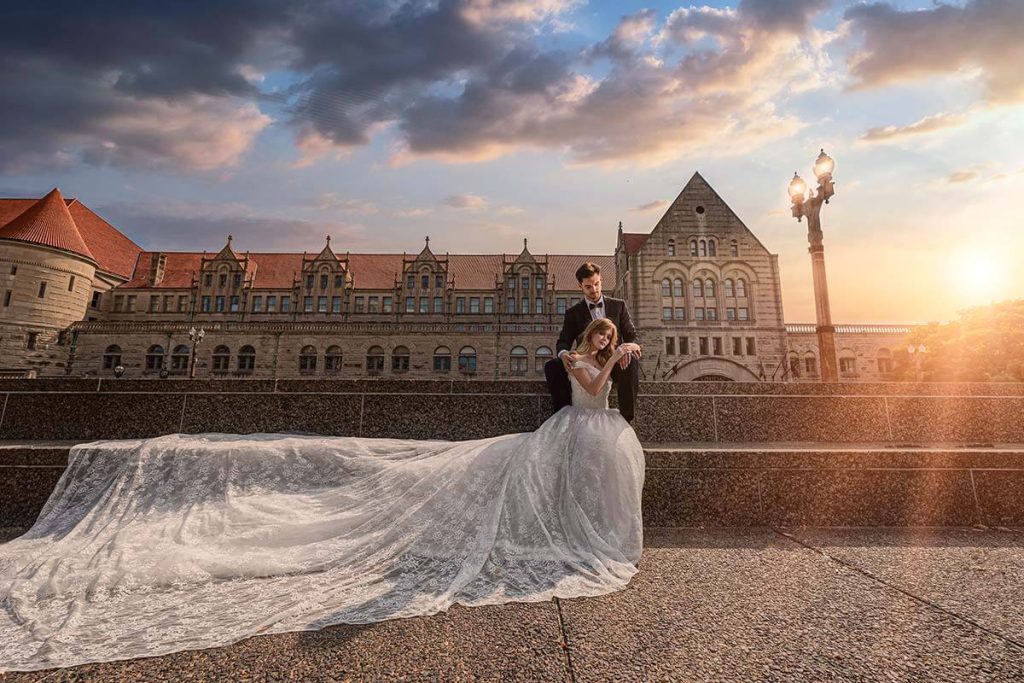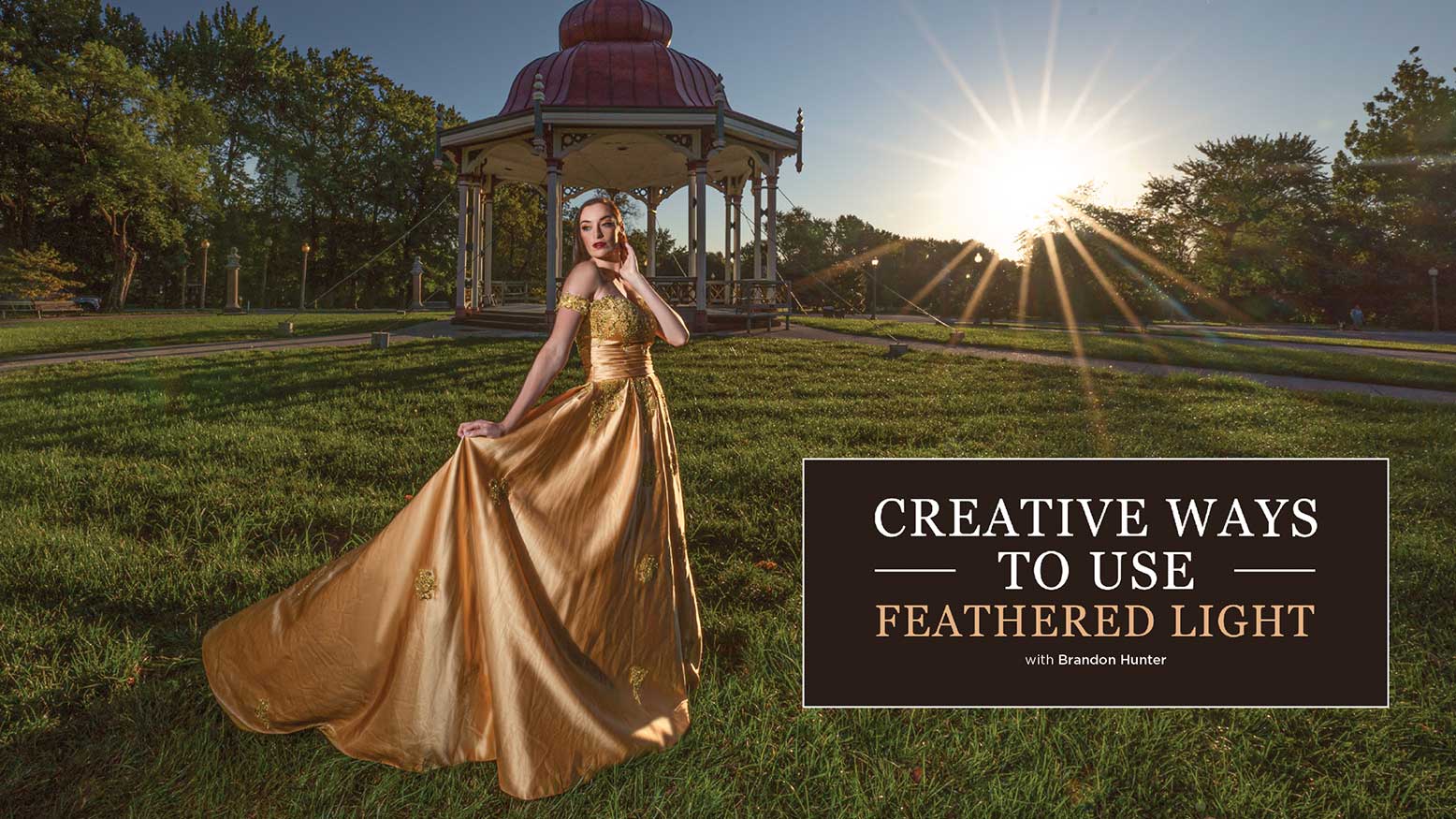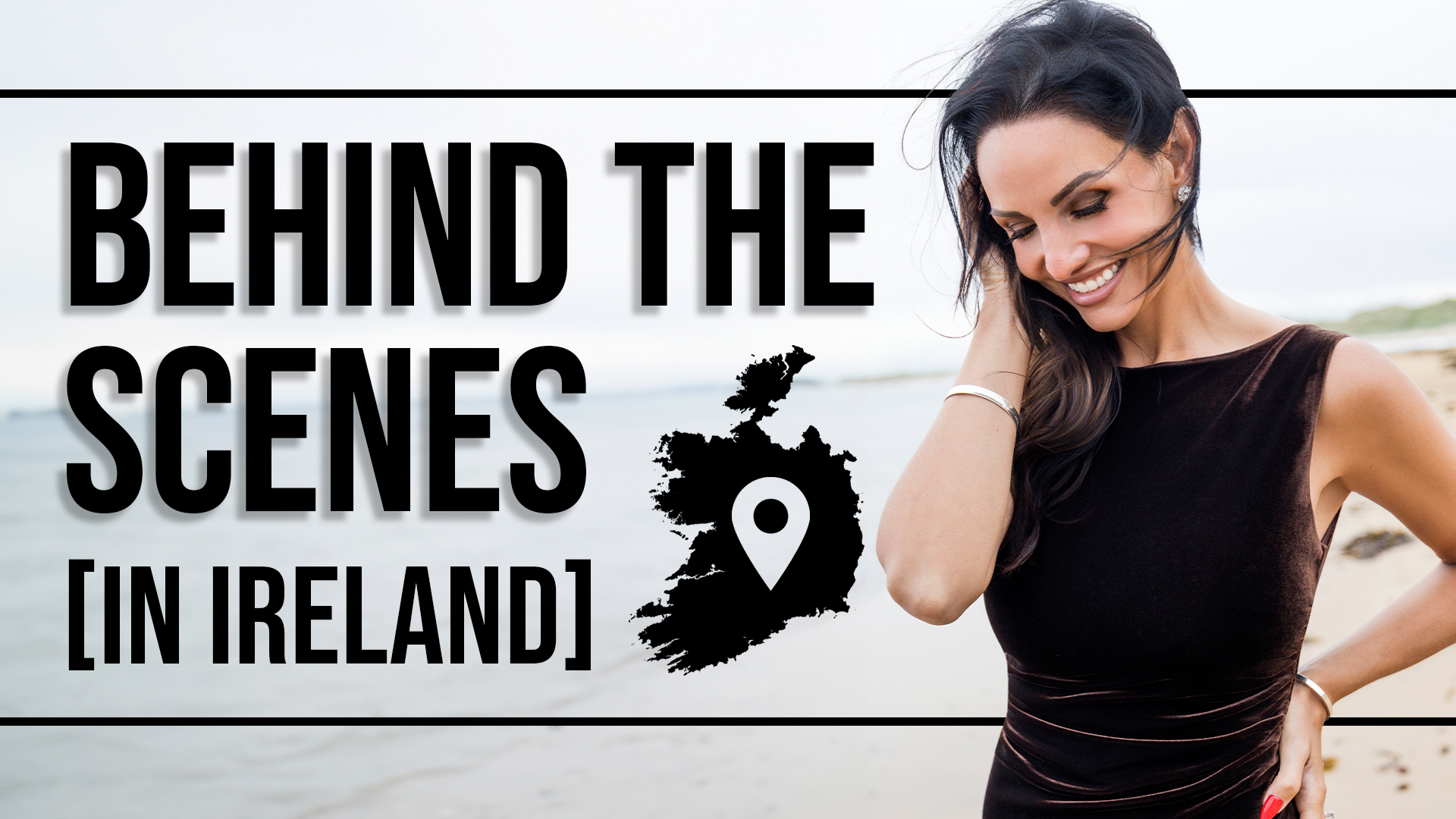Creative Ways To Use Feathered Light with Brandon Hunter
Photography is a creative space that is always changing. From new ideas to old, from old techniques to new. It is always changing, and the rules are being broken all the time. The old school advice has given way to the new cool techniques.
Many photographers today have begun to embrace camera flash. It has become the in thing with a larger percentage of photographers year in and year out. With this explosion of interest in off-camera flash came new lights, modifiers and all sorts of interesting techniques to help create some of the most beautiful works of art we see today. Companies that never produced lights are now joining in on the craze.
With all these additions we are seeing photographers work more often with hard light, gels and deep shadows with patterns. Although not new, one technique I use the majority of the time is feathered light.
Some consider feathering light as a means to soften their light on the subject. I look for several things when feathering my light. First, I look to create drama. From men to women in beautiful gowns, when on location I try to place my light parallel and pointing across the front of my subject. This creates a nice shadow, providing definition and adding shape to my subjects. For full length portraits to half body or less, I am looking for those dimensions created by the angle of light. Using any modifier from reflector to an umbrella, the key direction I give my subjects is to start by positioning them on the back edge of the modifier. Yes, no matter the modifier, I feather the source. My go to is the OFC Magnum reflector from Profoto for the majority of my environmental portraits. When not using the Magnum I am using the MagBox from MagMod and its focus diffuser. One light, shooting with the sun or against it.
The Magnum or MagBox will be placed eye level to the subject and aiming out in front and past them most of the time. To some it looks like a mistake and not purposeful. It is done with the idea of keeping the light dramatic and carving out the dimensions in the face and clothing, especially enhancing the texture in the clothes.
Second, I look for highlights. The highlights help enhance the dimension by working with the shadows, creating contrast and giving the image a more three-dimensional feel prior to the edit. What helps with the highlights is the angle the light is placed to the subject. The more parallel to the subject I place my light, the more highlights I get to my taste. Between the Magnum reflector and the MagBox, it really doesn’t matter. I always say it is a matter of inches when feathering. Just moving your light slightly in either direction can give you a totally different feel.









